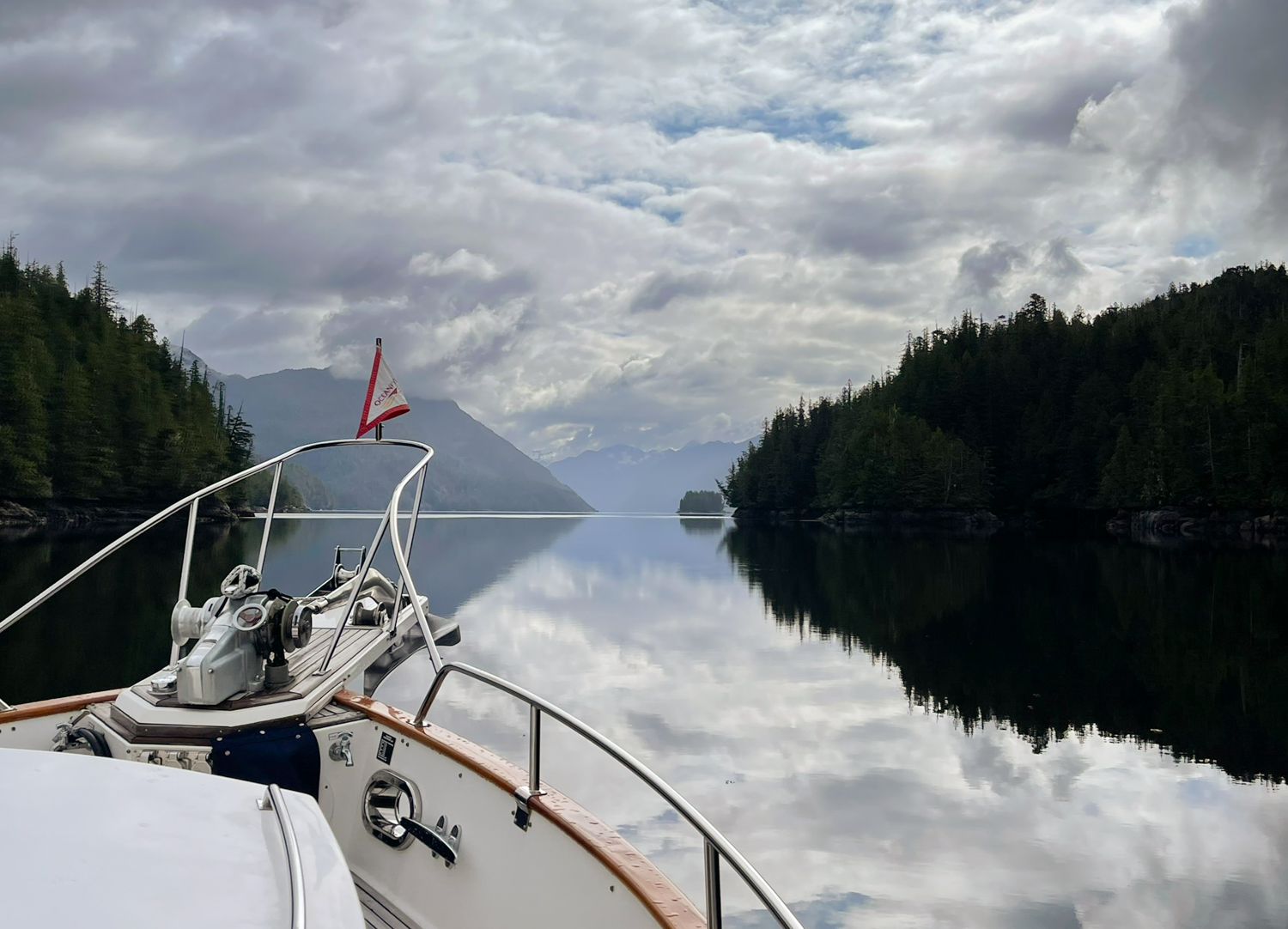Green Island Anchorage Layday
/Rain day = laundry day. having on board laundry is a must for extended cruising. OceanFlyer is particularly nice in that we have a full-size washer and dryer like you would have at home. They are in the engine, which Karen thought initially she would not like, but, as it turns out, it’s a more than acceptable compromise. We keep a large linen closet in the master stateroom, and the washer/dryer are out of the way until you need them.
Most important is having the 220-volt dryer that is vented to the outside. Our clothes dry quickly and completely, unlike other options we have experienced aboard most boats.
Hunkered down day means I’ll work on photos, blog copy and boat projects. It’s a welcomed change from traveling long hours. Karen is working on a research report for a client and has her head down.
I mentioned in my post yesterday that Green Island is one of our favorite anchorages. That’s because, although it looks small on the chart, there is plenty of room. We also like the views in all quadrants. You do not feel hemmed in. The only downside is that some swell can sneak in from Fitzhugh Sound when the rocks in the pass cover at higher tides. The fetch can also be reflected around in the anchorage, but we have never been uncomfortable. On the occasion you get beam-to the fetch, you’ll get a brief and gentle rolling motion.
looking out to fitz hugh sound from green island anchorage


















